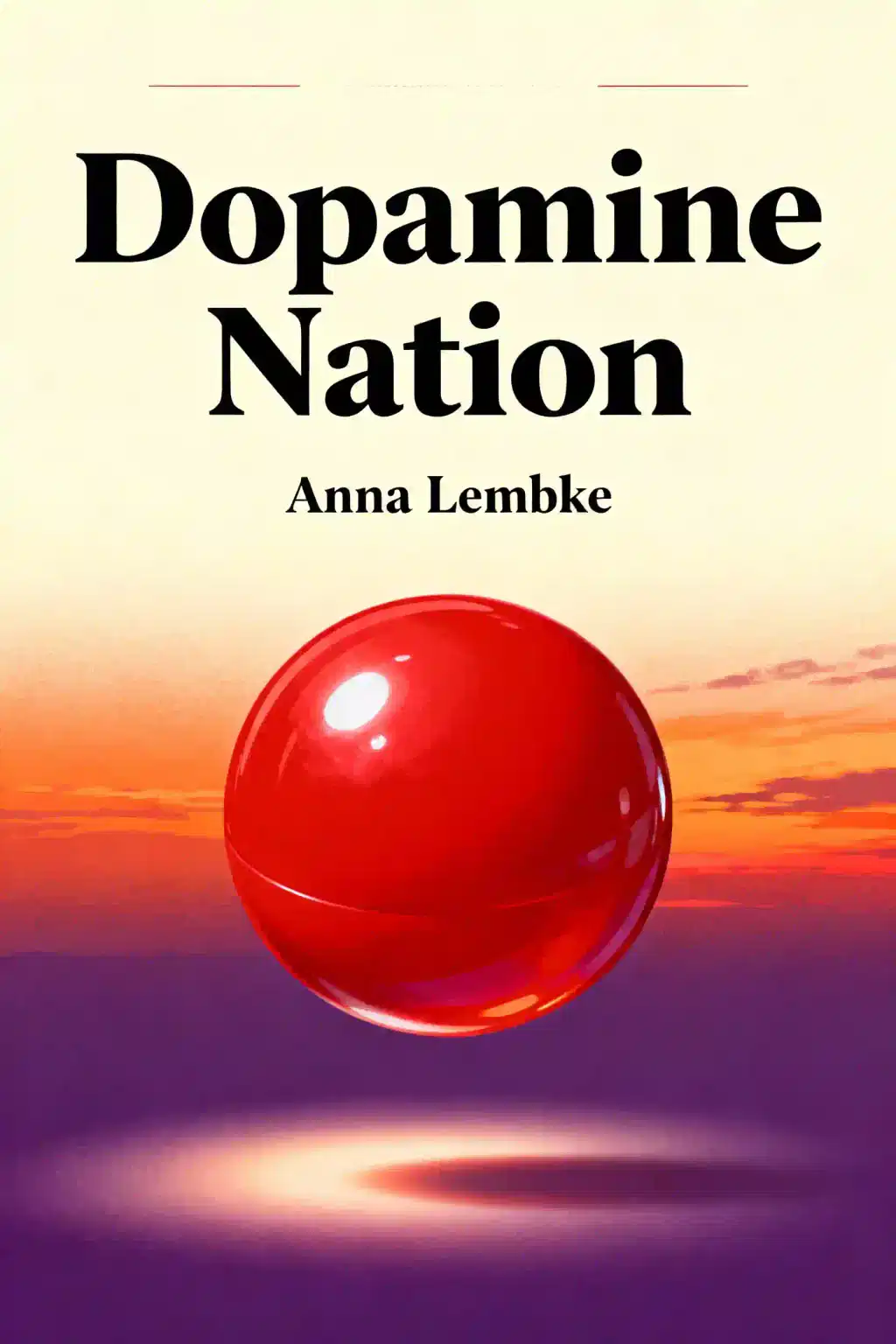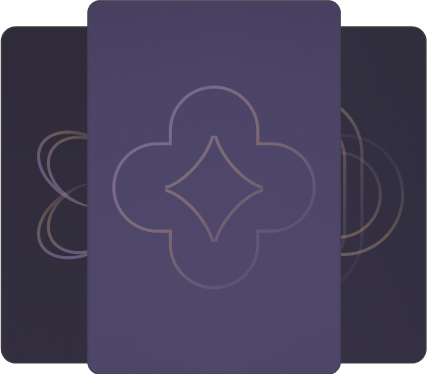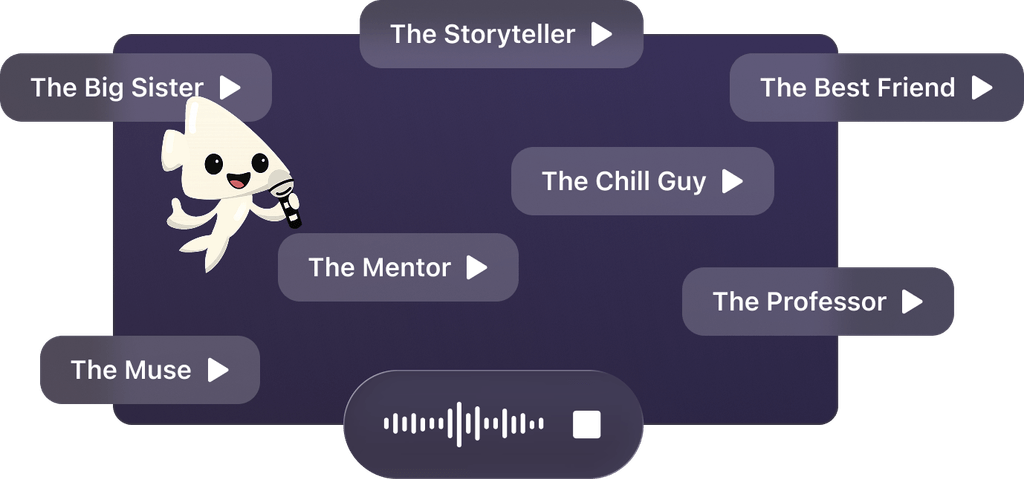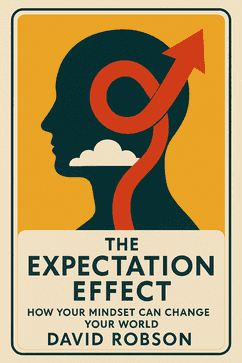What is
Dopamine Nation by Anna Lembke about?
Dopamine Nation explores the neuroscience of addiction in a world of excessive access to high-dopamine stimuli like social media, drugs, and technology. Dr. Anna Lembke, a Stanford psychiatrist, explains how overconsumption disrupts the brain’s pleasure-pain balance and offers strategies to reset dopamine levels, combat compulsive behaviors, and achieve sustainable well-being through moderation and self-binding techniques.
Who should read
Dopamine Nation?
This book is ideal for individuals struggling with compulsive behaviors (e.g., social media, gambling, substance abuse) or anyone interested in the science of addiction. It’s also valuable for mental health professionals, educators, and parents seeking to understand modern addictive patterns and actionable recovery frameworks.
Is
Dopamine Nation worth reading?
Yes. A New York Times bestseller translated into 30 languages, the book combines neuroscience, patient case studies, and practical recovery strategies. It’s praised for making complex neurobiology accessible through metaphors like the “pleasure-pain seesaw” and offering evidence-based steps to manage overconsumption in a dopamine-saturated world.
What is the “pleasure-pain balance” in
Dopamine Nation?
Dr. Lembke describes a biological seesaw where pleasure and pain counterbalance each other. Overindulging in dopamine-triggering activities tilts the seesaw toward pain, causing withdrawal and craving. Restoring equilibrium requires abstaining from addictive stimuli to reset the brain’s baseline, a process she calls “dopamine fasting.”
How does
Dopamine Nation address smartphone addiction?
Lembke likens smartphones to “modern-day hypodermic needles” delivering constant digital dopamine hits. She argues endless scrolling trains the brain to prioritize instant gratification over meaningful connections, and suggests tech fasts, app blockers, and scheduled usage to break compulsive cycles.
What are key strategies from
Dopamine Nation to overcome addiction?
- Self-binding: Physically limiting access to addictive stimuli (e.g., locking away devices).
- Dopamine fasting: 30-day abstinence from problematic behaviors to reset neural pathways.
- Radical honesty: Admitting addictive patterns to others to reduce shame and enable accountability.
How does
Dopamine Nation use real-life stories to explain addiction?
Lembke shares patient anecdotes—from compulsive masturbation to opioid dependence—to humanize addiction science. These stories illustrate how dopamine-driven loops trap individuals and how recovery frameworks like mindfulness and community support foster resilience.
What critiques exist about
Dopamine Nation?
Some critics argue the book oversimplifies addiction as a dopamine imbalance, overlooking socioeconomic or trauma-related factors. Others note its focus on individual responsibility may downplay systemic issues like pharmaceutical industry practices or tech design ethics.
How does
Dopamine Nation compare to
Atomic Habits?
While both address behavior change, Atomic Habits focuses on incremental habit formation, whereas Dopamine Nation examines the neurobiology of compulsive behaviors and emphasizes abstinence periods to reset reward systems. Lembke’s approach is more clinical, while Clear’s is tactical.
What is the role of dopamine in addiction according to
Dopamine Nation?
Dopamine, the “motivation molecule,” drives pursuit of pleasure. Chronic overstimulation from drugs, screens, or junk food depletes dopamine receptors, requiring more stimulation for the same high—a cycle leading to tolerance, withdrawal, and addiction.
How does
Dopamine Nation suggest balancing work and leisure?
Lembke advises scheduling “dopamine-free” blocks for deep work and offline activities like nature immersion. She warns against multitasking, which fragments attention and weakens the brain’s ability to derive satisfaction from single tasks.
Why is
Dopamine Nation relevant in 2025?
With AI-driven algorithms increasingly hijacking attention spans, the book’s insights into managing tech overuse remain critical. Its frameworks help navigate emerging challenges like VR addiction, AI-generated content binges, and constant biometric feedback loops.



























